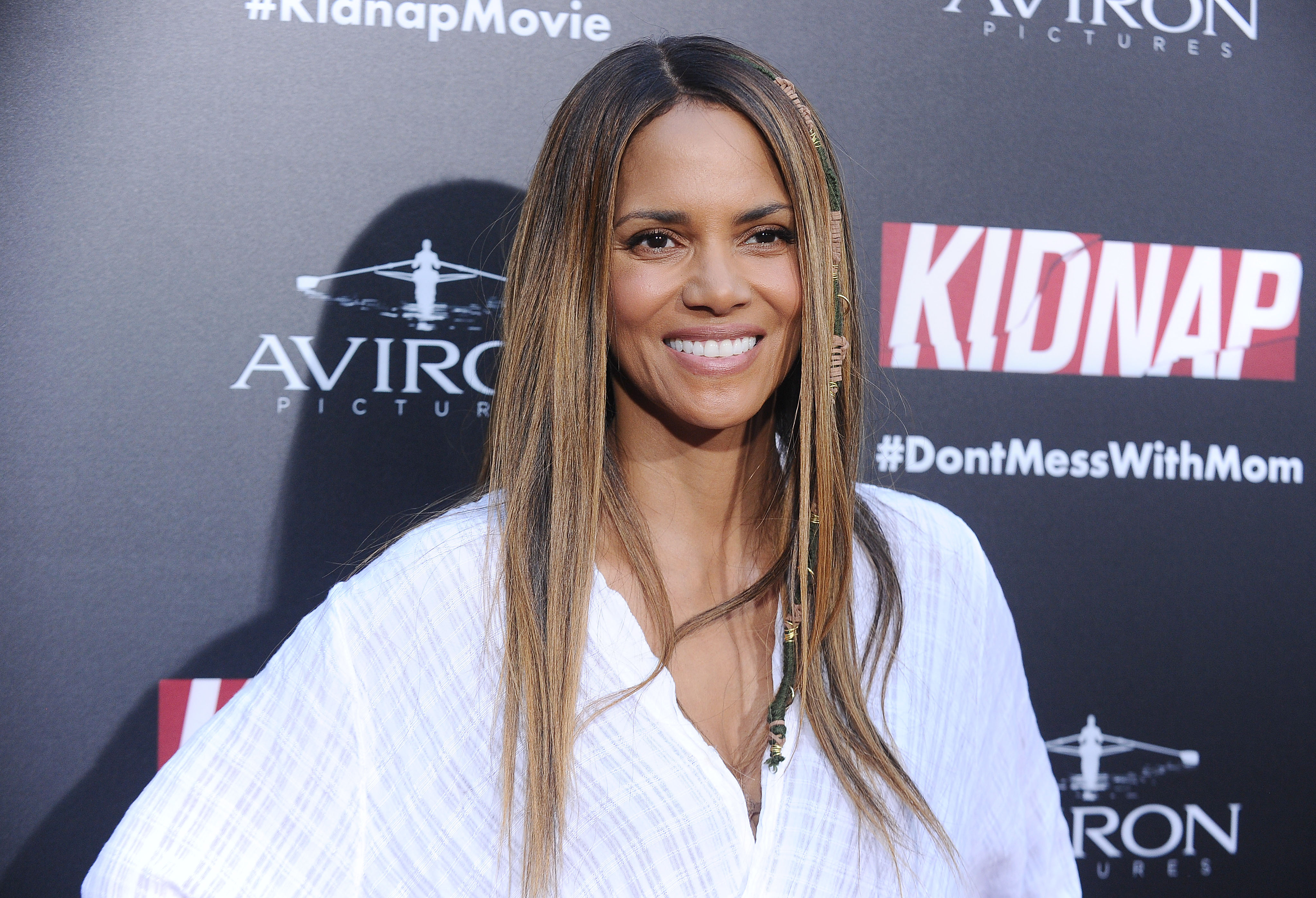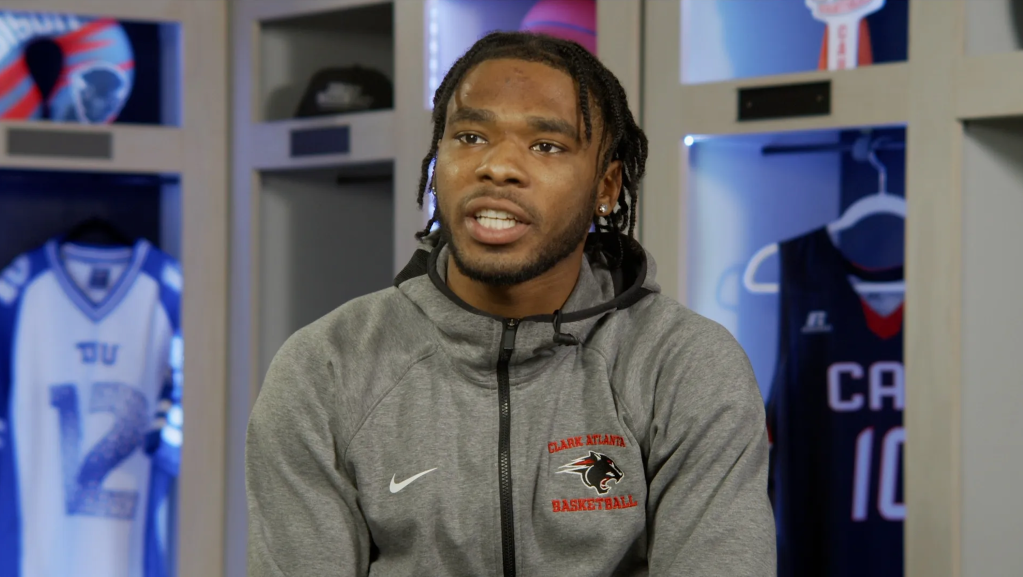
Source: Jason LaVeris / Getty
After years of delays, Halle Berry’s Kidnap arrived in theaters over the weekend. The plot of Kidnap is standard, a mother on a rampage to save her son from child abductors. The film delivers a high-octane thrill ride that will be more of a joy for audiences than critics. However, there is a side of Kidnap no one is discussing, but is crucial.
In one scene, Halle is talking to a compassionate police officer about her son, frantically describing one of the kidnappers. After detailing his car and clothes, she adds, “He’s white!” The audience I saw the film with chuckled. The police officer Halle is talking to is a Black woman, played by Dana Gourrier. In that one scene, you see two Black women on screen, one the victim and the other there to serve and protect. The handful of police officers who appear in the film are predominately black. On the other hand, all of the villains are white, a swift turning of tables.
In Hollywood, it’s a rarity to see white characters as thugs or black characters as victims turned heroes—unless the film is about slavery, but even slave master characters are presented with a strange humanity. “It was the times!” is what we hear over and over. Michael Fassbender’s persistent defense of his character Edwin Epps in 12 Years a Slave is a prime example. This caricature of the Black villain dates back to 1915’s The Birth of a Nation, where a Black man, which was played by a white actor in black face, is terrorizing white women after the Civil War, resulting in the rise of Klu Klux Klan. The film made over $3 million in its time and President Woodrow Wilson reportedly said, “It is like writing history with lightning. And my only regret is that it is all so terribly true.” Like most politicians, he later denied he made the comment.
In Hollywood, it’s a rarity to see white characters as thugs or black characters as victims turned heroes
The image of the Black thug or villain in a mainly white cast has continued for decades. It’s laughable to provide examples because it’s such an obvious and well-documented point, but just for good measure: according to Vox.com, “An astounding 62 percent of all actors who were credited as ‘gang member’ are Black. Related credits — ‘gangster; (61 percent Black), ‘gangbanger’ (60 percent), and ‘thug’ (66 percent) — drew similar results.” Vox.com also added, “But black actors do not enjoy the same representation within other typical minor roles in film. Among actors who played a ‘police officer,’ for instance, only 18 percent were Black. For ‘doctor’ and ‘pilot’ — two other common background roles — the stats were even worse, at 9 and 3 percent, respectively.” Whether or not Luis Prieto, the director of Kidnap, or Halle Berry, who was also a producer, did the casting intentionally, the film literally bucked the stereotype by presenting white villains and black heroes, including the police officers.
As I was leaving the theater, I heard someone say, “Did you notice all of the bad guys were white?” This imagery is not something we see often enough. Therefore, it’s notable when the gun-toting killers are white characters and the victim turned hero is a Black woman.
Fully realized characters of color might not resonate with you if you’re not often represented on film as a disgusting stereotype. This is not to say a film with a Black villain is racist, but it’s offensive if the character is a caricature, not fully fleshed out and only serves as a tool to create the “scariest” imagery possible (Arab villains is another iconic film stereotype).
Kidnap is a mindless thrill ride. But in an era where our President is encouraging police brutality and white cops are consistently acquitted for killing unarmed Black men, it was refreshing to see a shift in narrative.
















